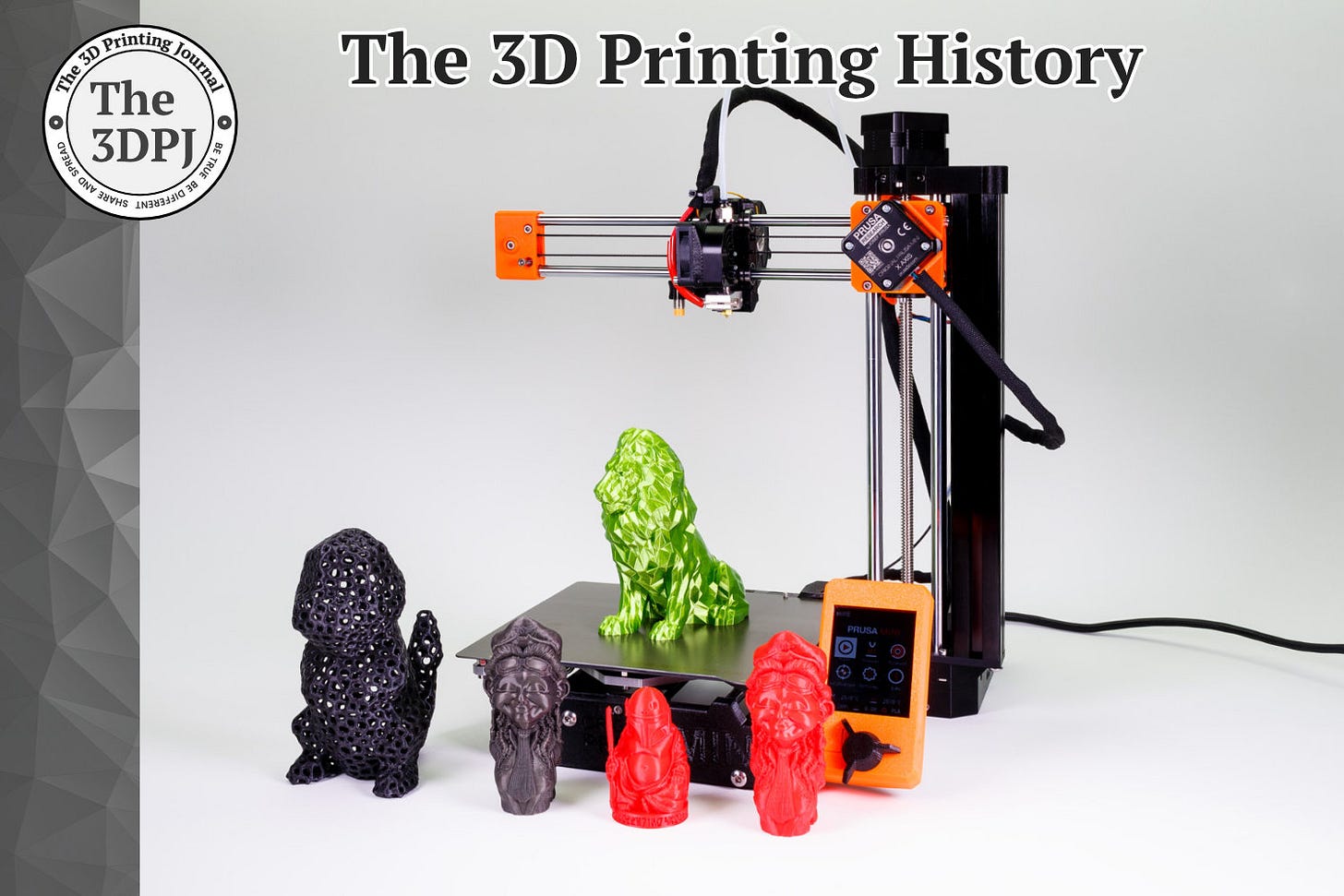10-12-2019: PRUSA Research launched the Original Prusa MINI
MINI was a low-budget, compact addition to the Prusa i3 model
On October 12, 2019, PRUSA Research unexpectedly announced the release of a brand-new FFF 3D printer – the Original Prusa MINI. The announcement was surprising for a few reasons: it was made without any prior teasers, it took place online (rather than at a trade show or conference), and it happened on a Saturday!
The 3D printer itself was also a surprise – unlike the flagship i3 model (then in the MK3S version), the MINI had an entirely new kinematic setup and a smaller build area. It featured a color display, USB and WiFi connectivity (the latter enabled a bit later), and most importantly, it came at an impressive low price: $349 USD / €379 EUR (VAT included).
Fans of Josef Průša had been eagerly awaiting a technological successor to the iconic i3 model, but instead, they kept getting "something different." In 2018, it was the photopolymer SL1, and in October 2019, the small MINI. Although this initially caused some disappointment among the company's fanbase, over time the MINI proved to be an excellent 3D printer – especially in that price segment.
Despite its name, the MINI had a respectable build volume of 18 x 18 x 18 cm. The 3D printer was equipped with a heated build plate and an extrusion head, allowing it to print with the most popular thermoplastics on the market: PLA, PETG, ASA, ABS, and Flex. According to the manufacturer, the time needed to heat up the printer and begin printing was 1 minute for PLA and 3 minutes for ASA. The 3D printer also featured 32-bit control electronics and a 2.8" color display. In the following years, it was upgraded with a WiFi module, and the manufacturer moved away from SD cards in favor of more optimal USB usage.
As for the design, Josef Průša once again tapped into the RepRap project repositories. The distinctive design, based on a single Z-axis, was a version of the Ormerod, published in December 2013 – a design created by Adrian Bowyer and Jean-Marc Giacalone. Interestingly, the same design had already been used by Chinese companies Tronxy (X1) and Monoprice (Select Mini).
The Original Prusa MINI eventually saw the release of a "plus" version, which is currently available, and it has inspired a wide range of mods developed by the 3D printing community worldwide. Personally, I’ve been using the MINI for several years, and despite the "Bambu Lab revolution," I still consider this model one of the best FFF 3D printers I’ve used in my career. Although the only 3D printers I own are kept in the garage, the MINI is the only one I could keep in the living room.
Source: www.prusa3d.com



